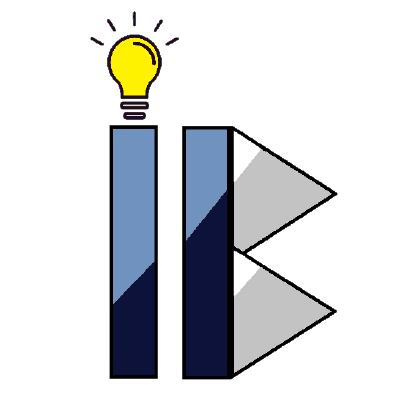Problem statement:
(From the organisers (e-Yantra, IIT Bombay)):Sankatmochan is an Indian word in the Hindi language that may be split into sankat (danger) and mochan (saviour) to resemble someone who saves a person in danger. As industries evolve using technology into Industry 4.0, it is essential to identify potential dangers/threats and take action before any crisis. On average, 2600+ industrial accidents occur every year in India alone resulting in the death of 2000+ employees. These range from incidents due to fire, gas leaks, boiler/cylinder explosions, operating machines, etc. Thus it becomes critical to identify such incidents at an early stage to prevent major accidents, saving the lives of employees in industry 4.0. Keeping the above scenario in mind, in eYRC 2020-21 we present the theme “ Sankatmochan”, as the name suggests this is a rapid action robot deployed in a warehouse to monitor safety conditions in different units. The robot swiftly navigates through various units, checks the safety status and reports this to the safety unit.
In this theme, the team will build the ‘Sankatmochan’ to deploy it in industry 4.0. The brain of the robot is powered by an FPGA (Field Programmable Gate Array) to control its sensors and actuators to perform quick safety surveys of the shopfloor. Major challenges and learnings in this Theme include building the Sankatmochan Bot from scratch using an FPGA. The FPGA based robot will traverse the arena, sensing the environment. It will also use wired and wireless communication techniques. This theme will help teams build a sophisticated Architecture using Verilog HDL and unveil the powerful parallel processing capabilities of FPGAs.
- 1. In the first stage, we had to learn a completely new language Verilog HDL and then perform a software simulation (Intel Quartus Prime & ModelSim) of ADC, UART and I2C protocols.
- 2. After getting selected for stage 2 we had to prepare the arena and bridge as per the instructions.
The e-Yantra team provided us with a kit consisting of various sensors and other hardware. The team was tasked with building the bot which would traverse the said arena. The bot was controlled by an FPGA (DE0-NANO-Altera Cyclone IV). While building the bot, we were given constraints on the overall size and weight. Hence, weight distribution and material selection (material must be sturdy and lightweight) for the body were critical. After a lot of trial and error, we stuck to Formica. Once the bot building was complete, we were progressively tasked with the implementation of Black Line Follower, Color Detection, Bridge and Arena Traversal and finally the Path Planning. The bot was also required to transmit a message (via Xbee) when a certain colour or path change was detected. The final task was to combine all the previous tasks and complete the theme implementation within 48 hrs. This was the most challenging aspect.
Solution:

Sankatmochan Bot
Demonstration
 Innovation
Beasts
Innovation
Beasts